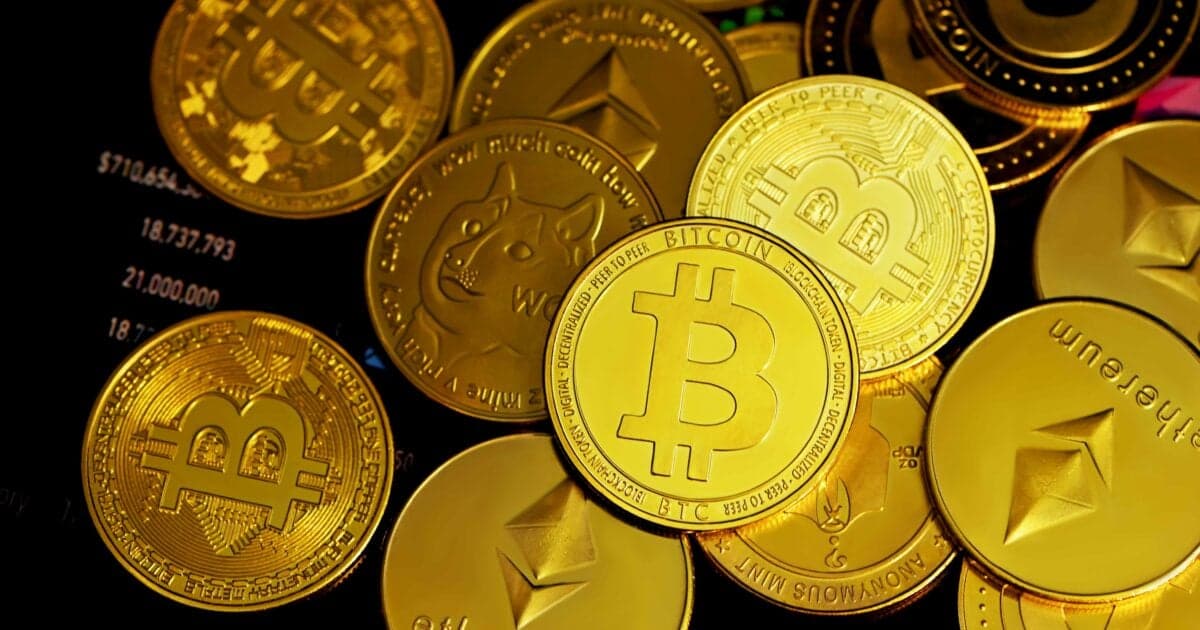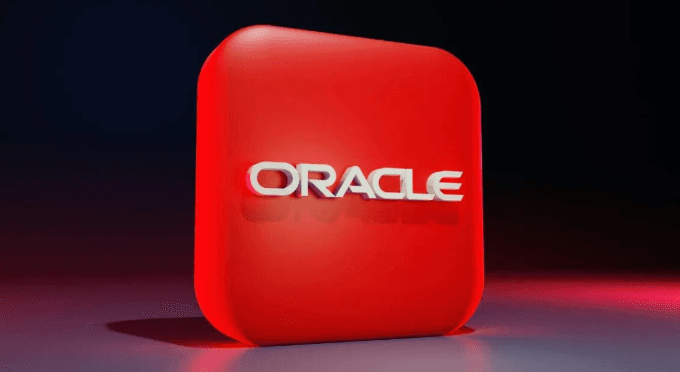After a Great Earnings Report, Has Disney Finally Recaptured Its Old Magic?


Disney's rebound reflected: Glowing balloons capture the magic of renewed hope as the entertainment giant rises from its 60% slump with surprising earnings.
Shares of Disney (DIS) jumped 11% following a strong earnings release for its second fiscal quarter.
For a stock that saw its share price decline by as much as 60% from its 2021 highs, it was welcome news for shareholders. Prior to its earnings release, Disney was only trading a few dollars off its five-year low of around $79 per share.
But is this quarter an outlier? Or are DIS investors finally seeing the fruits of the company's labor?
Let's review the company's earnings release and see what the international entertainment giant has working in its favor... and the headwinds it could still face.
Disney's Second-Quarter Earnings Beat Expectations
Disney's shares received a much-needed jolt Wednesday morning after sliding more than 17% since the start of the year.
The company had a surprising earnings beat, surpassing all estimates from analysts.
Disney's revenue increased 7% from the same period last year. And the company grew its revenue by 6% through its first two fiscal quarters compared with 2024.
Disney's operating income (profit from the company's core operations) grew by an impressive 15% year over year, totaling $4.4 billion.
To make sense of these numbers, we need to look at how Disney slices its business segments.
Disney operates three segments:
- Entertainment – content and licensing, direct-to-consumer ("DTC") programming, and cable TV
- Sports – ESPN
- Experiences – theme parks
Disney's entertainment division is its bread and butter, led by its streaming services and content sales and licensing.
For the second quarter, the entertainment division increased its revenue by 9% and its operating income by an impressive 61%.
It's no secret that traditional cable programming is dying. Since 2017, cable TV subscribers have shrunk by nearly 30%.
That's why it's no surprise that Disney's cable revenue also shrunk to the tune of 13% year over year.
Thankfully for Disney, its content and licensing and DTC products have picked up the slack. The former would be the company's movie distribution and licensing its popular characters for toys, apparel, and everything in between. Its DTC business is dominated by its Disney+ streaming service, which boasts 126 million subscribers as of the earnings release.
This past quarter, both businesses increased revenue by 54% and 8%, respectively.
You might think that 8% growth is modest, and you'd be right. But what's not modest is how much more profitable DTC has become.
Disney is starting to profitably scale this part of the business.
Over the last year, Disney increased its DTC operating income by $289 million from increased subscriptions and advertising revenue.
Paid subscribers for its streaming services Disney+ and Hulu grew by 1% and 2%, respectively, from the previous quarter.
But the largest segment, in terms of operating income, is Disney's "experiences" division. These are the various theme parks, resorts, and cruise ships the company owns and operates.
Here, Disney saw a sizeable increase in park attendance and spending compared with the first quarter of 2024.
The company saw a higher volume of visitors to its theme parks and guests staying at Disney locations. Its cruise ship line also experienced a jump in passengers thanks to the launch of its Disney Treasure cruise line.
Not only is Disney seeing more visitors to its parks and cruises, but these customers are spending more while visiting.
In total, the division saw a 6% increase in revenue, equating to 9% operating profit growth.
That's the good news for Disney. But looking at the company's sports segment, things weren't so upbeat...
A Slumping ESPN and How That Could Change
The figures for Disney's sports division were lackluster compared with the rest of the business.
For the second quarter, ESPN increased revenues by 8%. That looks solid compared with growth in other segments.
However, even with a boost to revenue, the company shrunk its operating profit for the division by 16%.
The culprit? Highly anticipated live games.
What Disney thought would be a boon for the division actually dragged down its profit significantly.
Going into the first quarter of 2025, ESPN and ABC had the exclusive rights to the very first College Football Playoffs.
What was one of the most anticipated playoff brackets in sports drove up production cost significantly for Disney, eating into its profits.
Tack on an additional NFL game and the costs climbed even higher.
This did help Disney boost overall revenue for the division with subscriptions and advertising money, but it just couldn't offset the cost to air the games.
However, one bad quarter from ESPN won't be enough to stifle Disney. The company has another chance to show investors that it can rein in production cost for its live broadcasting.
Currently, the company is airing the second round of the NHL's Stanley Cup playoffs. Disney has the right to stream half of the NHL's playoff games and the exclusive right to air the finals on ABC.
These numbers won't be readily available until the company reports its third-quarter earnings, but it should be a telltale sign if it can control production spending.
And Disney has one more trick up its sleeve to help bolster its sports division...
The company will be providing more details in the coming weeks about its newest service, currently titled "Flagship."
We know Flagship will be a DTC platform that will help combine the company's offering and capabilities. The new service is set to have multiscreen viewing, full integration with ESPN Bet, advanced statistics, fantasy sports content, and much more.
The new service is expected to be released sometime later this year in preparation for the upcoming college football and NFL seasons.
The goal of the service, at least right now, is not to take over the ESPN+ streaming service but to make the ESPN channel more accessible to people. Currently with ESPN+, some subscribers may fall into blackout territory or still need a cable subscription.
Flagship is aiming to fill this gap, with Disney CEO Bob Iger saying:
I can't predict whether the emergence of these skinnier bundles is going to have a material impact on cord cutting or not, except to say that we plan to take advantage of the emergence of these bundles, because it is a great way to distribute ESPN.
We'll have to wait another week before we get more details on the company's new service, but it has the potential to revitalize Disney's sports profitability.
And while the company works to rejuvenate its sports division, the biggest announcement was the company's plans for a new park. And you might be surprised at the location they chose...
Disney Announces New Theme Park in Abu Dhabi
On the same day the company released its second-quarter earnings, it also announced plans to open its very first park in the Middle East. Specifically, the company has chosen Abu Dhabi in the United Arab Emirates ("UAE") as its location.
The surprising move comes nearly ten years after Disney's last international opening, Disneyland Shanghai.
On the heels of a great quarter for the company's parks and experiences, Iger introduced the idea as "authentically Disney and distinctly Emirati."
After evaluating the Middle East market, Disney determined that it houses an underserved market of income-qualified consumers.
Abu Dhabi was identified as a prime location for the next venture. The park could open its gates to 500 million people in the region. And with an estimated GDP per capita of $84,900, Abu Dhabi has plenty of potential customers able to spend on experiences that Disney can provide.
However, there is one crucial component that sets this park apart from others...
The deal is structured as a licensing agreement, turning Disney into a bona fide royalty company.
Disney's partner on the project, Miral – a state-backed tourism and real estate firm – is set to fully foot the bill for construction and operation. Disney will merely assist with creative design and operation insight.
Disney has no plans to contribute capital or retain any sort of ownership outside the scope of licensing its intellectual property.
Essentially, Disney will slap its name on a theme park in one of the richest areas in the world while collecting a stream of royalty checks.
The decision to structure this venture as a licensing deal will open an entirely new revenue stream for Disney, while shifting the risk to a larger player in the geographical area.
We won't see this deal producing cash for a couple of years, but the announcement proves to be a promising step into expanding Disney's already strong experiences segment, which accounted for more than half of operating income in the most recent quarter.
After a Brutal Drawdown, Is Disney's Stock Finally a Buy?
It's no secret that the Disney brand is one of the strongest in the world. It has created and fostered timeless characters and universes that will be enjoyed by generations.
But from a business perspective, the company has had a rocky fall from grace. Even with the latest move higher, the stock is currently down nearly 50% from its all-time high in 2021.
Disappointing box offices, a global pandemic that shuttered many parks, and messy management battles – which saw Iger retake the helm – are to blame.
Even recently, Disney has stagnated. While the S&P 500 Index is up approximately 11% over the past twelve months, DIS remained relatively flat, losing 1% over the last year.
Having said all that, the recent earnings and the Abu Dhabi initiative suggest the company may be finally turning a corner.
DIS trades at a valuation of roughly 18 times forward earnings. Compared with the S&P 500's forward price to earnings of 20 times, Disney is trading at a slight discount.
The balance sheet for Disney is about as good as you can hope. With a net debt to earnings before interest, taxes, depreciation, and amortization ("EBITDA") of 2 times over the last 12 months, the company has a conservative debt load. Generally, a net-debt-to-EBITDA ratio of less than 3 times is a good sign.
Disney doesn't pay a massive dividend. The current yield is around 1%. But the company does a great job at kicking back cash to investors via share repurchases.
In the last quarter alone, Disney repurchased $1 billion worth of shares, staying on track to complete $3 billion of buybacks for the year.
Disney is in the best situation it has seen in years, with an attractive valuation, healthy balance sheet, and a history of rewarding shareholders.
But one standout quarter is not enough to make this company a screaming buy.
However, the company's performance and outlook for the rest of the year have put it firmly on my radar. I'd like to see another quarter of sustained growth in entertainment, improvements in its sports segment, and a successful summer season for its parks and experiences.
Just as one good quarter jolted the stock, one bad quarter could easily erase the gains we've seen in the last week.
For now, let's wait and see if that old Disney magic has returned... and if it can prove sustainable.
Regards,



